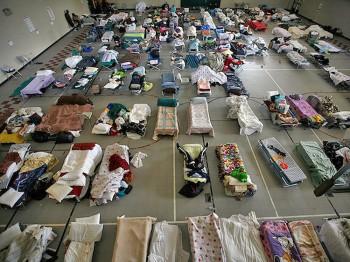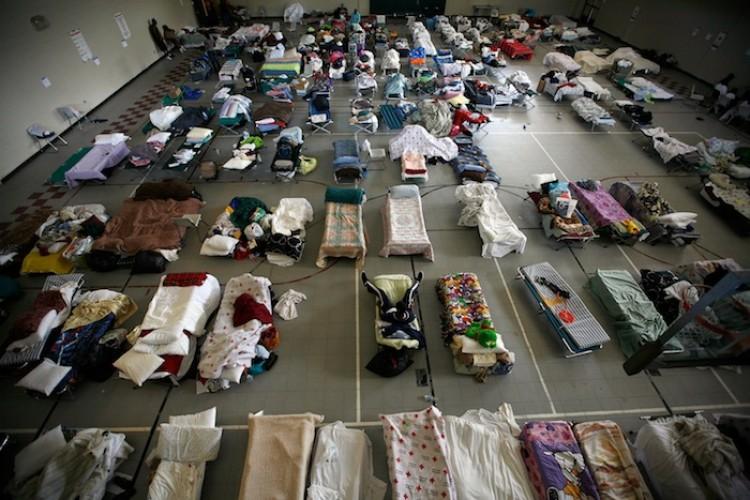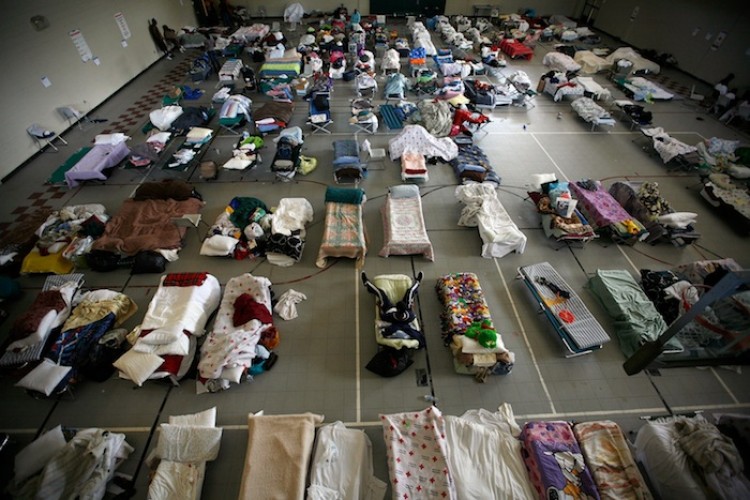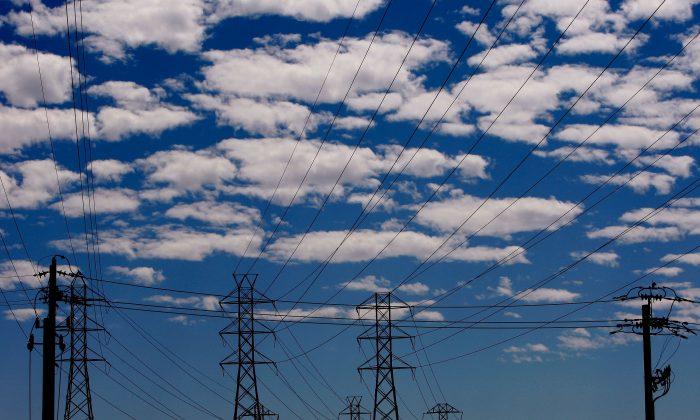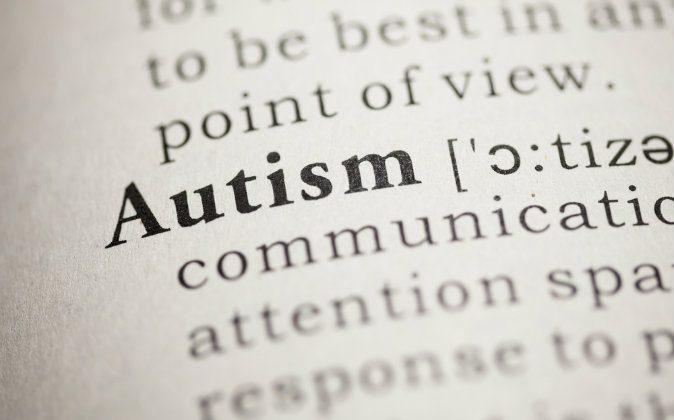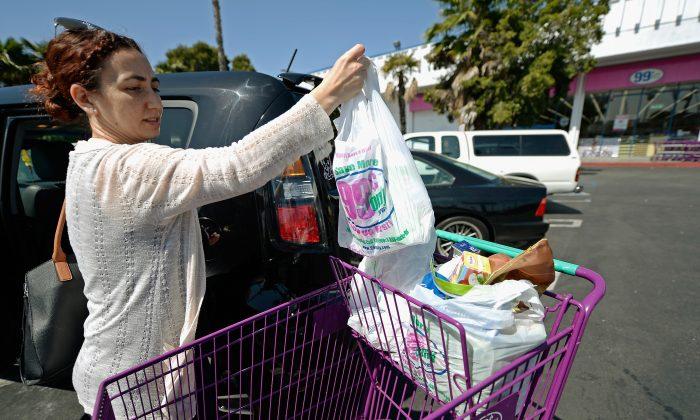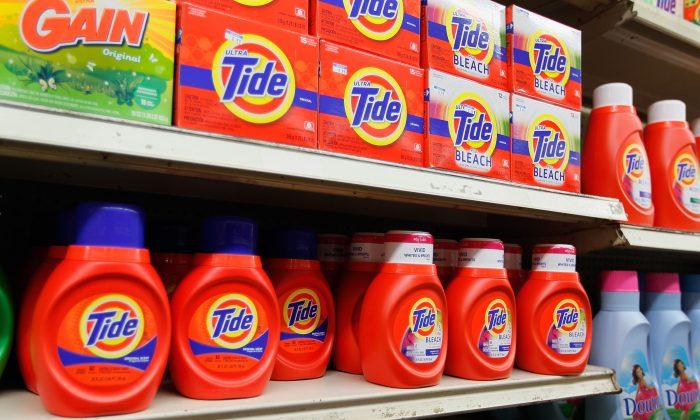The deadly twister that roared through the town of Phil Campbell, Ala., on April 27, turned what was to be a reunion into a disaster relief effort.
Started in 1995, the reunion was inspired by a man named Phil Campbell. He was a 38-year-old in Brooklyn, who discovered his namesake town on a television show. The town was named after a railroad engineer who placed a depot there.
A total of 19 Phil Campbells and one Phyllis Campbell were to attend the 100th anniversary celebration of their namesake town. After the tornado, the playful trip became one of altruism.
Phils from across the United States, Australia, and the United Kingdom raised over $40,000 for the town’s relief, and pitched in to clean the community center last week.
“It was very moving to clean where we had held the first picnic,” said Phil Campbell of Juneau, Alaska, according to Reuters. His church raised $5,000 for the relief effort.
“I never knew we had so many neighbors around the world,” Mayor Jerry Mays said in a press release.
The nation continues ceaseless efforts in clean up and rebuilding in the wake of historic flooding, fires, and tornadoes.
The U.S. Army Corps of Engineers (USACE) has played a major role as the largest recovery team for expedited debris removal for areas with extensive and catastrophic damage. It also provides critical temporary facilities.
In North Carolina, hit hard by tornadoes this spring, the Federal Emergency Management Agency (FEMA) is paying 75 percent of rebuilding costs, while the state must cover 25 percent. A total of $8 million in federal public assistance is being given to local governments. The money is to help with emergency measures and repairing and replacing damaged infrastructure, buildings, and equipment.
In all, over $15.2 million was allocated to help individual North Carolina homeowners, renters, and businesses recover from the severe storms and tornadoes of April 16.
More than 9,100 people in the 19 counties under the disaster declaration have registered with FEMA for disaster assistance.
“FEMA is only part of a large team that can bring resources to assist a community in its response and recovery efforts,” said Libby Turner, federal coordinating officer for the disaster in a press release. “These other agencies are able to take on a variety of missions, which will supplement state and local efforts to assist the community to move forward,” she added.
These natural disasters have affected more than half of our country and since the end of March the Red Cross has provided 42 disaster relief operations in 29 states, and more than 12,000 workers have served millions of meals and snacks, provided thousands of shelters, and distributed millions of relief items.
After weeks of flooding that destroyed peoples’ homes and communities across Mississippi, Montana, Missouri, Nebraska, Iowa, and South Dakota, the Red Cross is still providing cleanup and distributing supplies like water, snacks, juice, sunscreen, insect repellent, bleach, shovels, trash bags and rakes, among other items, in addition to emergency response vehicles providing meals.
Over 500 people look to the Red Cross for shelter, food, and emotional support in Massachusetts, Missouri, and Minnesota.
The Red Cross has been supporting first responders that assist with the wildfires in Arizona, New Mexico, Colorado, and Florida, and providing shelter, meals, and water for evacuees, as well as for those battling the flames.
Started in 1995, the reunion was inspired by a man named Phil Campbell. He was a 38-year-old in Brooklyn, who discovered his namesake town on a television show. The town was named after a railroad engineer who placed a depot there.
A total of 19 Phil Campbells and one Phyllis Campbell were to attend the 100th anniversary celebration of their namesake town. After the tornado, the playful trip became one of altruism.
Phils from across the United States, Australia, and the United Kingdom raised over $40,000 for the town’s relief, and pitched in to clean the community center last week.
“It was very moving to clean where we had held the first picnic,” said Phil Campbell of Juneau, Alaska, according to Reuters. His church raised $5,000 for the relief effort.
“I never knew we had so many neighbors around the world,” Mayor Jerry Mays said in a press release.
The nation continues ceaseless efforts in clean up and rebuilding in the wake of historic flooding, fires, and tornadoes.
The U.S. Army Corps of Engineers (USACE) has played a major role as the largest recovery team for expedited debris removal for areas with extensive and catastrophic damage. It also provides critical temporary facilities.
In North Carolina, hit hard by tornadoes this spring, the Federal Emergency Management Agency (FEMA) is paying 75 percent of rebuilding costs, while the state must cover 25 percent. A total of $8 million in federal public assistance is being given to local governments. The money is to help with emergency measures and repairing and replacing damaged infrastructure, buildings, and equipment.
In all, over $15.2 million was allocated to help individual North Carolina homeowners, renters, and businesses recover from the severe storms and tornadoes of April 16.
More than 9,100 people in the 19 counties under the disaster declaration have registered with FEMA for disaster assistance.
“FEMA is only part of a large team that can bring resources to assist a community in its response and recovery efforts,” said Libby Turner, federal coordinating officer for the disaster in a press release. “These other agencies are able to take on a variety of missions, which will supplement state and local efforts to assist the community to move forward,” she added.
These natural disasters have affected more than half of our country and since the end of March the Red Cross has provided 42 disaster relief operations in 29 states, and more than 12,000 workers have served millions of meals and snacks, provided thousands of shelters, and distributed millions of relief items.
After weeks of flooding that destroyed peoples’ homes and communities across Mississippi, Montana, Missouri, Nebraska, Iowa, and South Dakota, the Red Cross is still providing cleanup and distributing supplies like water, snacks, juice, sunscreen, insect repellent, bleach, shovels, trash bags and rakes, among other items, in addition to emergency response vehicles providing meals.
Over 500 people look to the Red Cross for shelter, food, and emotional support in Massachusetts, Missouri, and Minnesota.
The Red Cross has been supporting first responders that assist with the wildfires in Arizona, New Mexico, Colorado, and Florida, and providing shelter, meals, and water for evacuees, as well as for those battling the flames.
